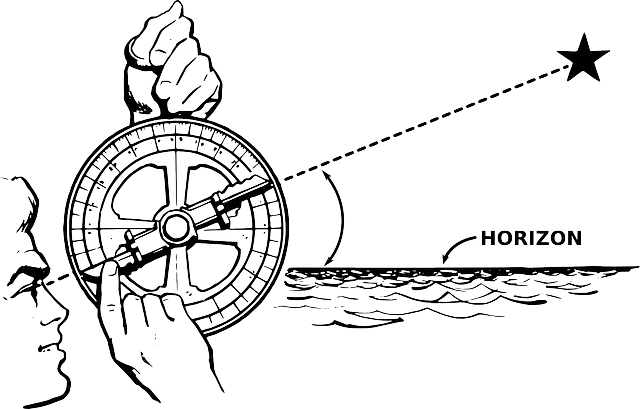What is the astrolabe and what is it used for?
The astrolabe is an ancient astronomical instrument whose main use was to determine the time and position of the observer, based on a series of calculations derived from the observation of the stars.

Generations of human beings have devoted themselves to the study of nature, some simply for the pleasure of understanding it, others to be able to use it in a respectful way. Two of the disciplines that have been most important for understanding the world are physics and mathematics. Both contribute to simplifying and generalizing knowledge to such a degree that they can be used together for technological endeavors such as building safe airplanes or predicting situations that will happen thousands of years from now, such as the life of the Sun.
The circumference
Some of the units of measurement we use have arisen from astronomical observations. Sometimes we wonder why we divide the circumference into 360°. From the dawn of history, the Babylonians realized that the succession of the seasons, that is, the dry and rainy seasons intimately related to agriculture, were separated by about 360 days; they called this time span a year. They thought that the Sun moved around the Earth and that it also traveled through different regions of the sky during the seasons. Since the Sun traveled in approximately 360 days around the celestial vault, they concluded that a circumference could be divided into 360 degrees.
The Babylonians went further, realizing that the phases of the Moon repeated every 30 days or so, so they divided their year into 12 months (360/30=12). They called the groups of stars in front of which the Sun passed during the year the constellations of the zodiac. From then on they used the dozens to measure objects as diverse as the number of hours of the night or sets of fruits.
Once angular measurements were discovered, the dimensions of objects near and far could be calculated using angular units. If we extend our arm with our thumb extended we will notice that we can cover, with our finger, distant objects such as a tree. This is because we see distant objects smaller, the farther away they are, the smaller we see them (we can check this by moving our finger away and closer to the face).
The Mesoamericans also constructed what were probably astrolabes. They used two rods held in the center so that one could move relative to the other. If they placed one horizontally, with the other they could infer the height of the stars above the horizon. With this type of measurement, they could predict the passage of the Sun through the zenith and eclipses.
Angular dimensions are extremely useful for determining the height of objects. Let's think of several objects that have the same angular dimensions when viewed from a certain location: a finger and a building, the farther away they are, the smaller they appear. Trigonometry is the area of mathematics that allows us to determine the height of an object by knowing its distance and angular dimension.




